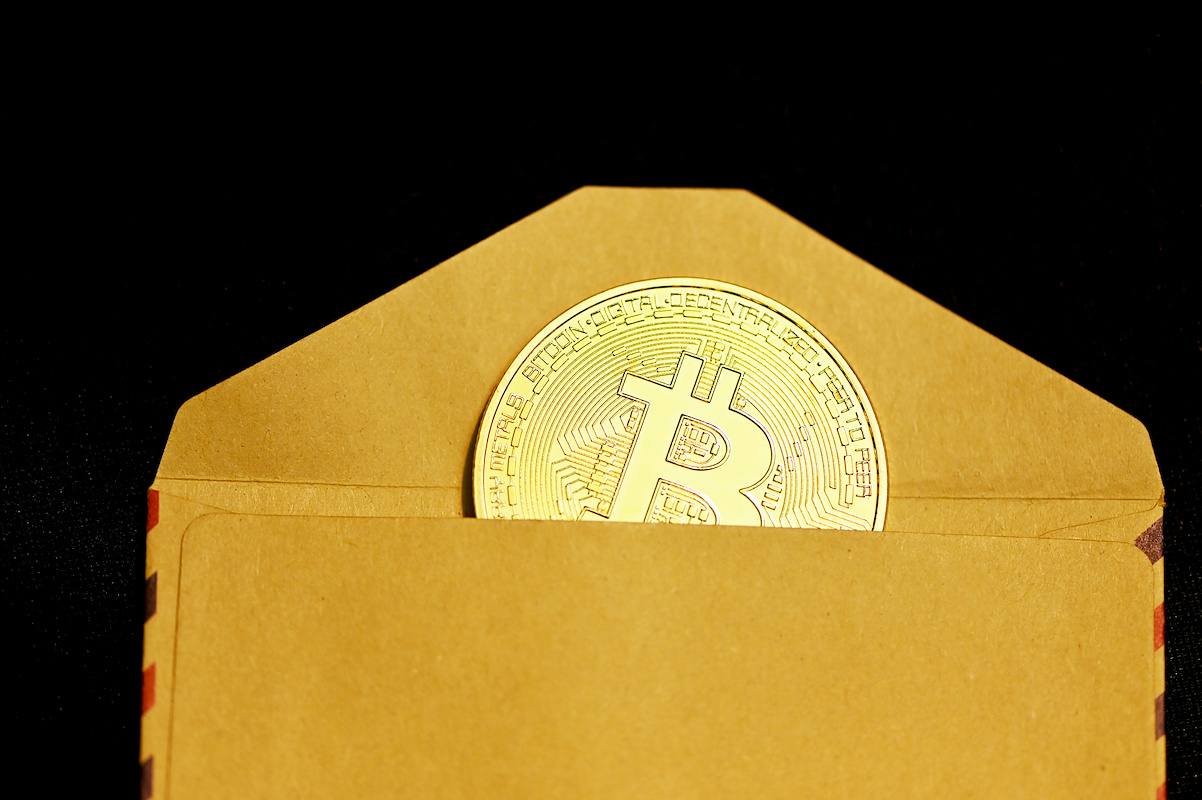Key Takeaways
- Block Reward: Miners receive a set amount of new bitcoin for each block they successfully validate.
- Block Size: The 1 MB block size limit dictates how many transactions can fit into a block.
- Block Time: A new block is added to the Bitcoin blockchain approximately every 10 minutes.
What Are Bitcoin Block Reward, Block Size, and Block Time?
The Bitcoin block reward is the amount of new BTC awarded to a miner for successfully adding a new block to the blockchain. This reward is how new bitcoin enters circulation. It started at 50 BTC and halves roughly every four years. Currently, the reward is 6.25 BTC, but after the next halving, it will drop to 3.125 BTC.
Bitcoin's block size is capped at 1 MB, which limits the number of transactions per block. This design choice impacts transaction speed and fees, especially during high network activity. Complementing this is the block time, the average 10-minute interval between new blocks being added. This consistent timing is regulated by the network's difficulty adjustment, ensuring a predictable supply of new bitcoin.
Historical Changes in Bitcoin Block Reward
The Bitcoin block reward is designed to decrease over time in a programmed event known as the "halving." This occurs roughly every four years, or every 210,000 blocks mined, and is a core feature of Bitcoin's monetary policy. This deflationary mechanism systematically reduces the rate at which new bitcoins are created.
- Initial: The reward began at 50 BTC per block in 2009.
- First Halving: In 2012, the reward was reduced to 25 BTC.
- Second Halving: The 2016 event cut the reward down to 12.5 BTC.
- Third Halving: In 2020, the reward dropped to the current 6.25 BTC.
- Future: The next halving will decrease the reward to 3.125 BTC.
Impact of Block Size on Network Scalability
Bitcoin's 1 MB block size is a core design choice that directly influences its ability to scale. This limitation creates a fundamental trade-off between transaction throughput and the network's decentralization. While a larger block could process more transactions, it would also increase the hardware requirements for running a full node, potentially centralizing the network.
- Throughput: Restricts the network to a maximum of about 7 transactions per second.
- Fees: Creates a competitive fee market during high demand, as users bid for limited block space.
- Decentralization: Protects the network by keeping node operation cheap and accessible to more participants.
- Security: Fosters a more distributed network, increasing its resilience against attacks and censorship.
Factors Influencing Bitcoin Block Time
The consistent 10-minute block time is a cornerstone of Bitcoin's predictable monetary policy. This timing isn't arbitrary; it's maintained by a self-regulating system that responds to changes in the network's mining power. Several key factors work together to keep this interval stable over the long term.
- Difficulty Adjustment: A built-in mechanism that recalibrates every 2,016 blocks to target a 10-minute average block time.
- Hash Rate: The total computational power dedicated to mining, which directly affects how quickly blocks are found.
- Variance: The inherent randomness in the mining process, causing individual block times to fluctuate around the 10-minute average.
Relationship Between Block Reward and Bitcoin Supply
The block reward is the sole mechanism for introducing new bitcoin into circulation. This controlled issuance dictates Bitcoin's monetary inflation rate, making it transparent and predictable from the outset. As miners solve blocks, they release a set amount of BTC, steadily adding to the total available supply.
This system of diminishing rewards ensures the total number of bitcoins will never exceed 21 million. Each halving event reduces the flow of new coins, creating a deflationary pressure over time. This finite supply is a foundational principle of Bitcoin's economic design, establishing its long-term scarcity.
Block Size Debates and Their Effect on Transaction Fees
The debate over Bitcoin's block size is central to its future. A fixed block size limits transaction capacity, creating a direct link between network congestion and the fees users must pay. This tension has sparked significant community discussion about the best path forward for the network's evolution.
- Pros: Smaller blocks keep node operation accessible, preserving decentralization and security.
- Cons: Limited space leads to higher transaction fees during periods of high demand.
- Debate: The core conflict is balancing low fees and high throughput with network security.
How Block Reward, Size, and Time Necessitated the Lightning Network
The foundational limits of Bitcoin—the 1 MB block size and 10-minute block time—create a natural ceiling on transaction throughput. While this structure secures the network and its block reward issuance, it leads to congestion and high fees for on-chain transactions. The Lightning Network was developed as a Layer 2 solution to this scaling problem. It moves transactions off the main chain, allowing for instant, low-cost payments that bypass the inherent constraints of block size and time for most activity.
Join The Money Grid
Bitcoin's block reward, size, and time create a secure but slow foundation for transactions. To move beyond these constraints, you can use platforms like Lightspark, whose global payments network is built on Bitcoin's foundation to provide instant, low-cost transfers and realize the full promise of digital money.


